Pruning Spirea: Tips For Cutting Back Spirea Shrubs
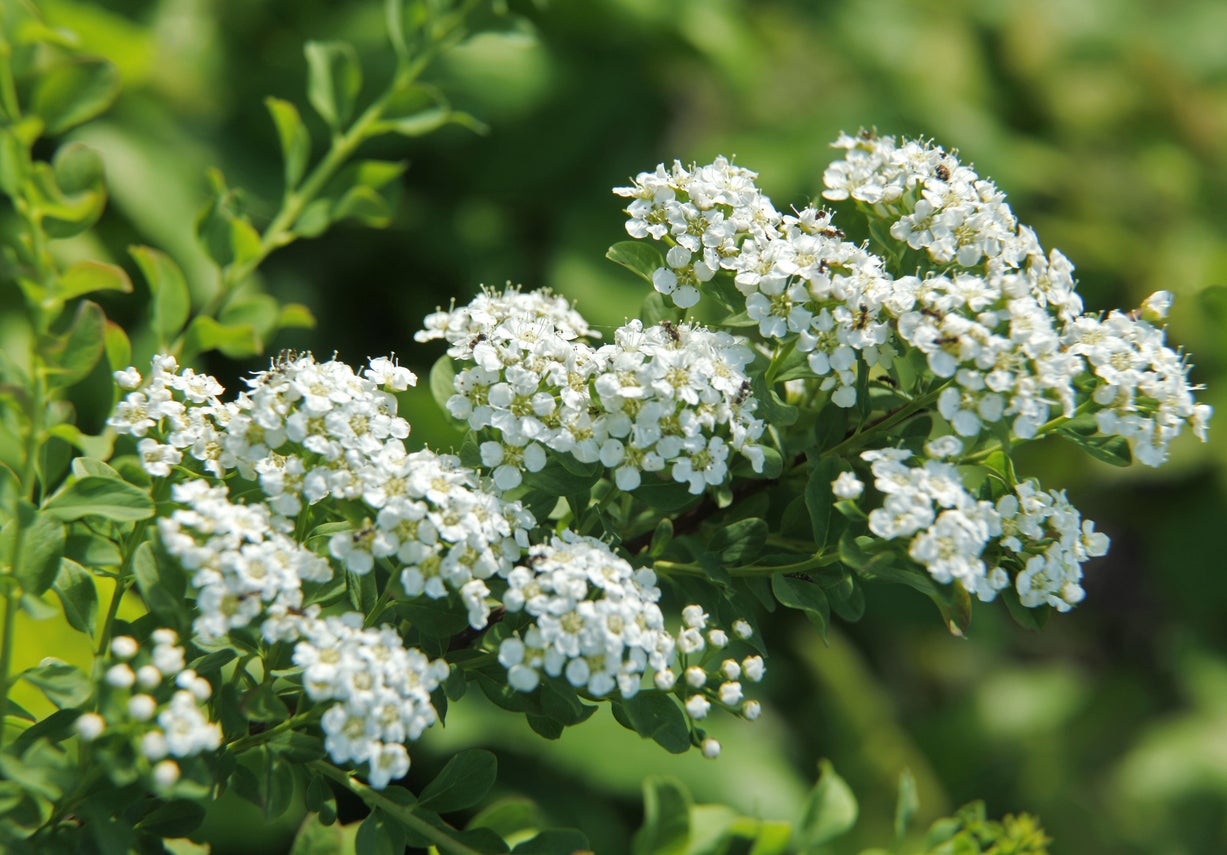
Spirea is a reliable blooming shrub that thrives in USDA zones 5 through 9. Spirea blooms consistently and profusely on new wood after some time the plant begins to look a bit bedraggled with few blooms.
Pruning spirea after a couple of years will rejuvenate the plant. The following article contains information on how to prune spirea along with other helpful tips for cutting back spirea shrubs.
About Spirea Pruning
There are a number of spirea cultivars ranging in height from 2 to 3 feet (61-91 cm.) tall up to 10 feet (3 m.) and the same across. All spirea shrubs produce flowers on new wood, which is why cutting back spirea shrubs is so important.
Spirea pruning not only rejuvenates the plant and encourages blooming, but it also helps to restrain the size of the shrub. Also, trimming spirea back, in many cases, will induce a second bloom. Other varieties of spirea, such as Japanese spirea, respond better to pruning in the late winter months.
How to Prune Spirea Bushes
Spirea shrubs respond well to pruning. In the spring, after the first blooms are spent, cut the dead flowers back by trimming spirea’s stem tips back to the topmost leaf on each stem.
Throughout the summer, the plants shape can be maintained by cutting back overgrown spirea shoots or stems as well as any dead or diseased branches. Try to make the cuts within ¼ inch (6 mm.) of a leaf or bud. Fall is the time for the most severe pruning of spirea. With sharp shears, cut each stem back to about 8 inches (20 cm.) from the ground.
Don’t worry that the plant won’t bounce back. In the spring, spirea will reward you’re courageous pruning with new stems and plenty of blossoms. Japanese spirea should be tip pruned in late winter or early spring prior to bud swell and before the shrub leafs out.
Gardening tips, videos, info and more delivered right to your inbox!
Sign up for the Gardening Know How newsletter today and receive a free copy of our e-book "How to Grow Delicious Tomatoes".
Also, at this time, remove any dead, damaged, or diseased stems along with those that cross each other. To keep spirea looking great and to promote blooming, trim the plant at least twice per year.

Amy Grant has been gardening for 30 years and writing for 15. A professional chef and caterer, Amy's area of expertise is culinary gardening.
-
 Types Of Tomatoes Explained: Explore The Many Wonderful Shapes, Colors, Flavors, & Best Uses
Types Of Tomatoes Explained: Explore The Many Wonderful Shapes, Colors, Flavors, & Best UsesThe world of tomato varieties is vast and fascinating. Learn about the key types to grow in your garden, tailored to your preferences and space.
By Amy Grant
-
 Try The Trend – Turn Any Bed Into A Keyhole Garden With This Clever In-Ground Composter
Try The Trend – Turn Any Bed Into A Keyhole Garden With This Clever In-Ground ComposterKeyhole gardening is an efficient and sustainable practice that saves space. Get started on this DIY project quickly and easily with an in-ground composter.
By Bonnie L. Grant
-
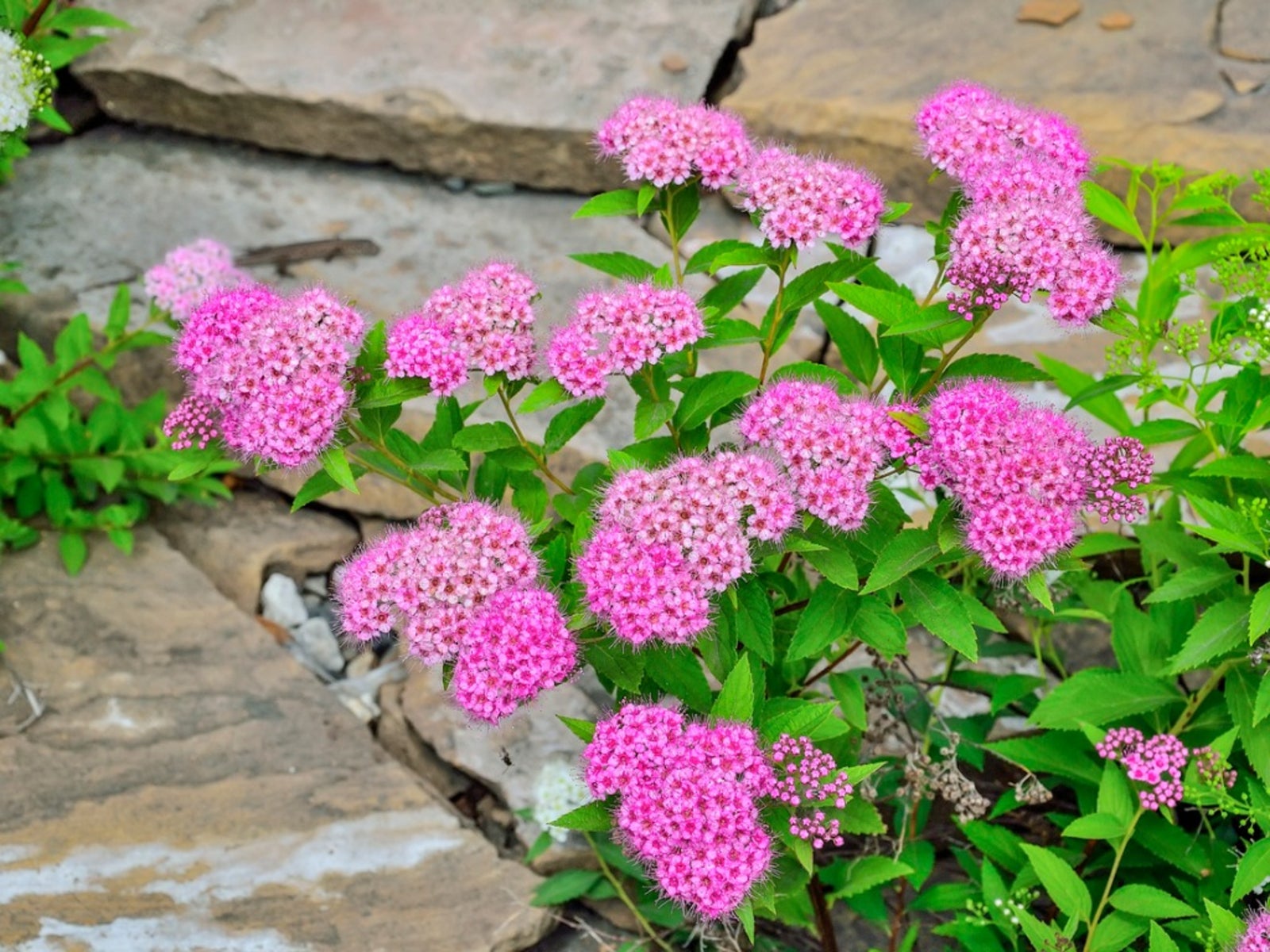 Managing Japanese Spirea – How To Control Japanese Spirea Plants
Managing Japanese Spirea – How To Control Japanese Spirea PlantsJapanese spirea is a small shrub that has naturalized throughout parts of the U.S. In some areas it has even become invasive. Learn how to control it here.
By Amy Grant
-
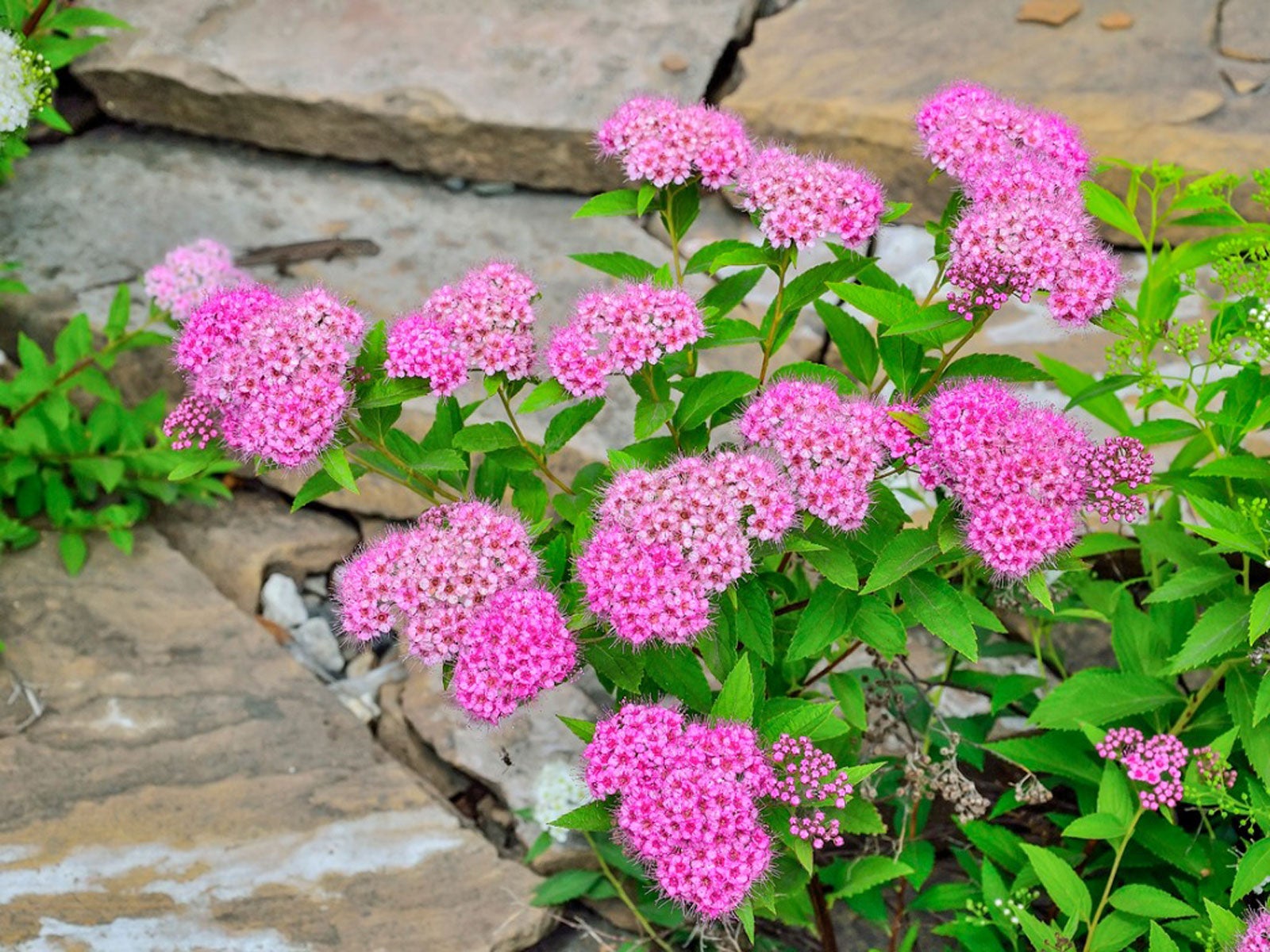 Managing Japanese Spirea – How To Control Japanese Spirea Plants
Managing Japanese Spirea – How To Control Japanese Spirea PlantsA small, pretty shrub, Japanese spirea has become naturalized throughout parts of the U.S. and may be invasive in some areas.
By Amy Grant
-
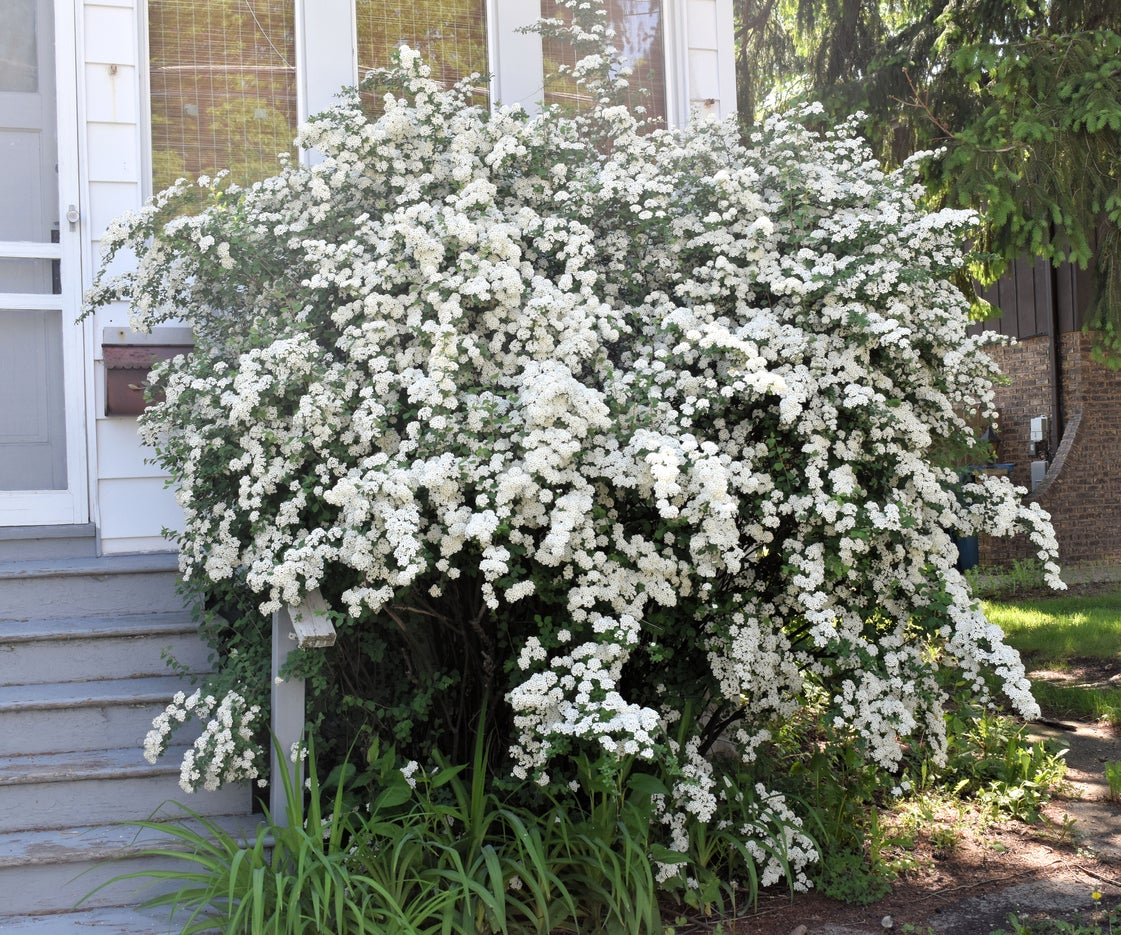 Spirea Plant Varieties: Learn About Different Kinds Of Spirea Bushes
Spirea Plant Varieties: Learn About Different Kinds Of Spirea BushesIf you go to the plant store, you may be surprised by how many types of spirea are available in commerce. Click on this article for an overview of the different spirea plant varieties as well as exceptional spirea cultivars.
By Teo Spengler
-
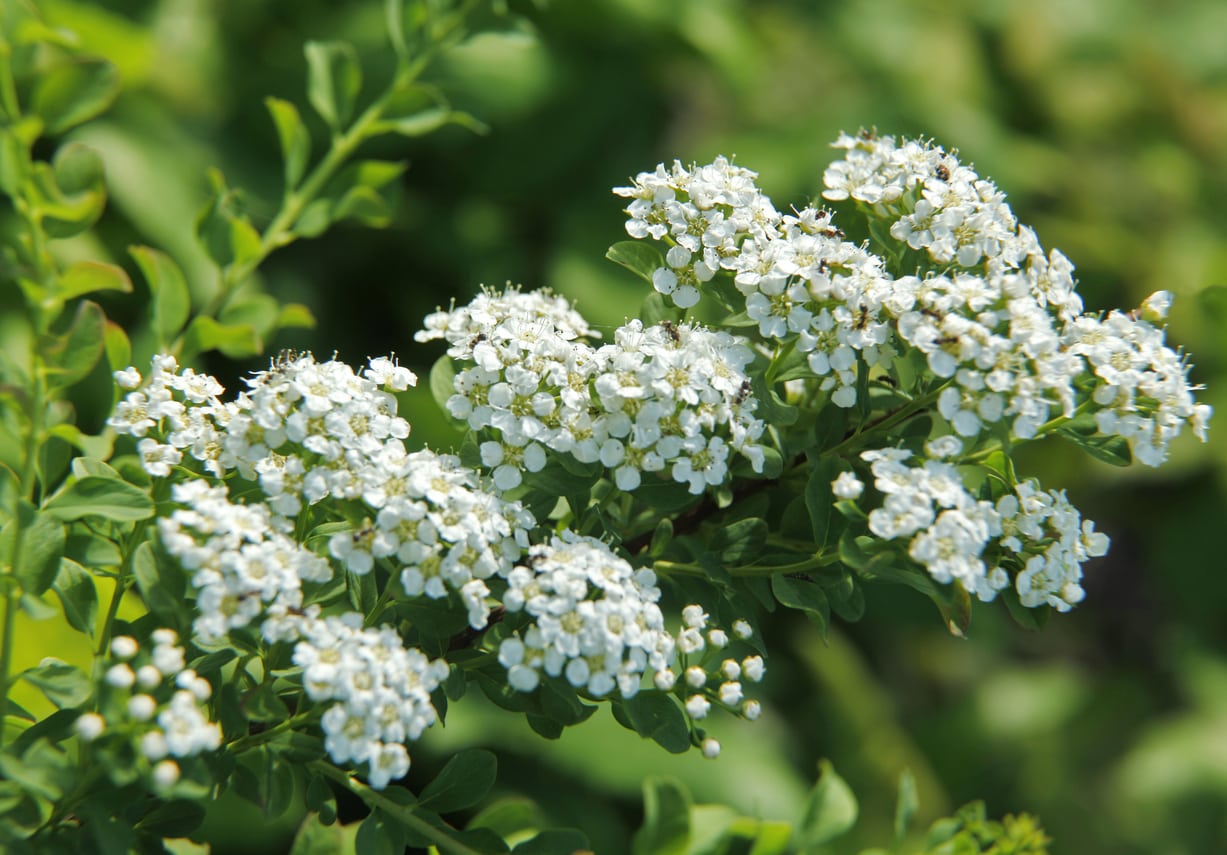 Pruning Spirea Shrubs: Learn About Trimming Spirea Plants
Pruning Spirea Shrubs: Learn About Trimming Spirea PlantsSpirea is a lovely foundation plant, providing greenery and flowers. But it’s a common complaint that these small shrubs start to look ugly after a season or two. The solution is simple: trimming spirea plants keeps it looking attractive year after year. Learn more here.
By Mary Ellen Ellis
-
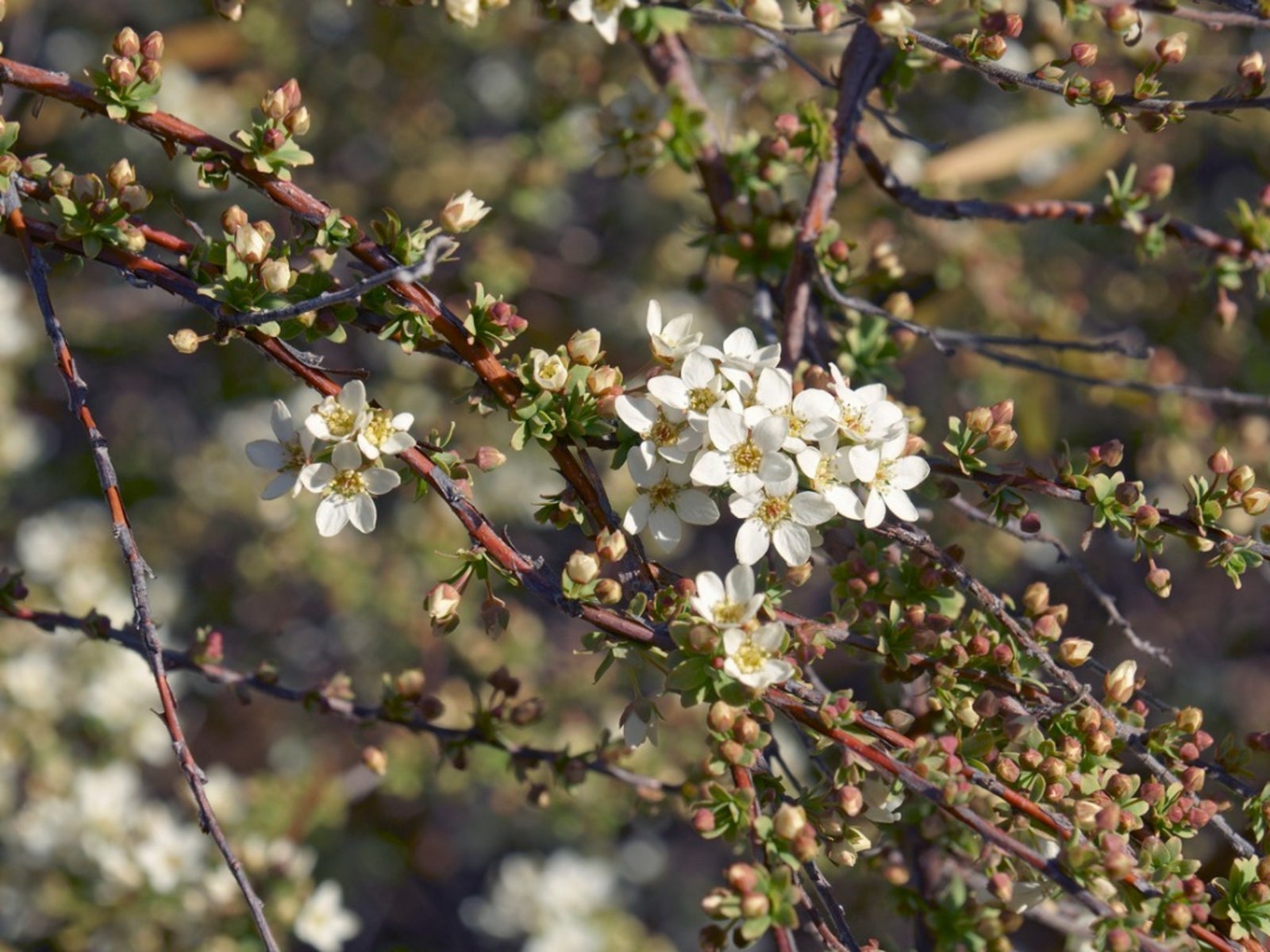 What Is Ogon Spirea: Growing A Mellow Yellow Spirea Plant
What Is Ogon Spirea: Growing A Mellow Yellow Spirea PlantVarieties such as Ogon spirea promise growers a profusion of flowers in the springtime, followed by stunning bronzed foliage each fall. Best of all, their robust nature and long life span make spirea shrubs like this an investment worth making. Click here for more info.
By Tonya Barnett
-
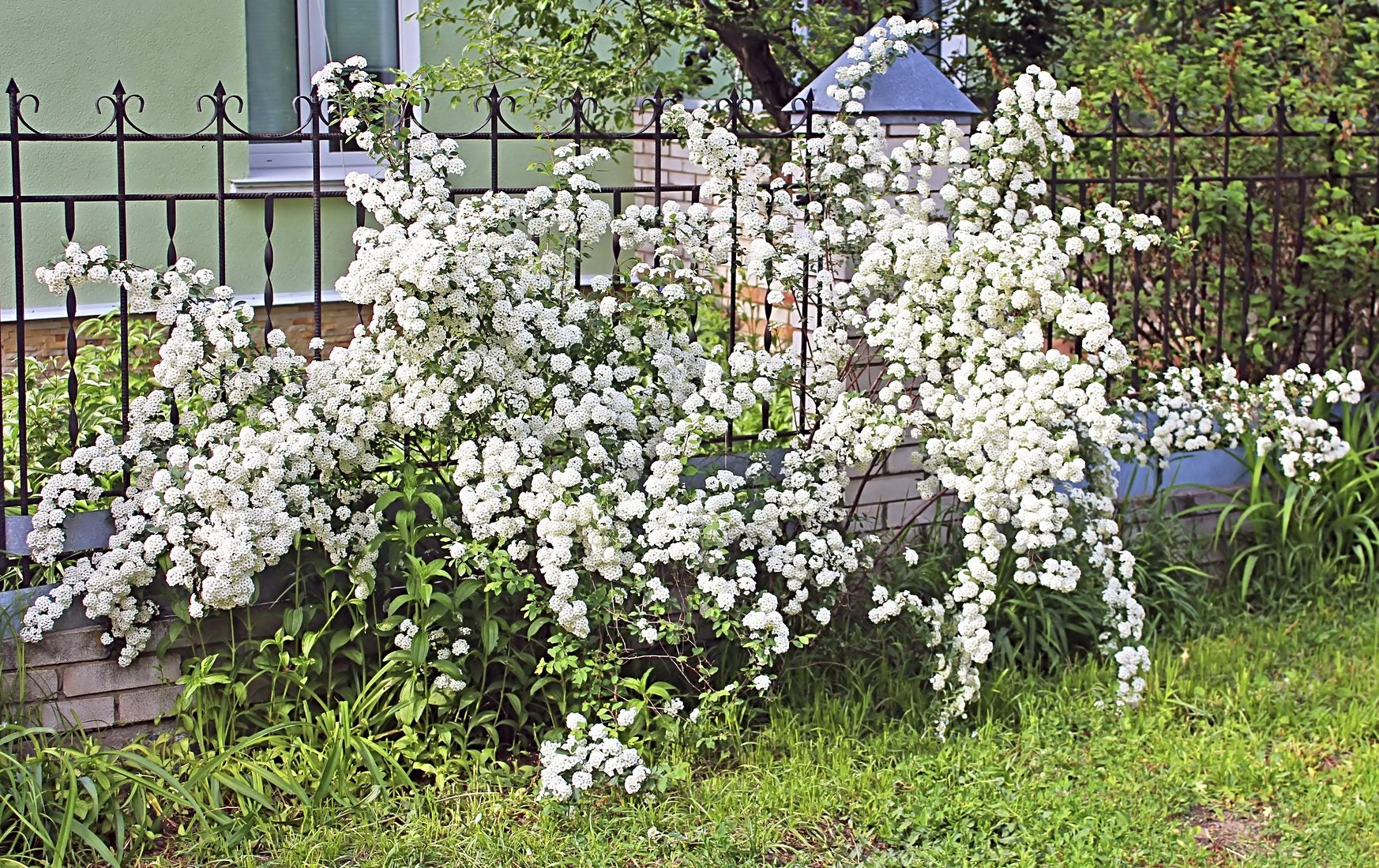 How To Transplant Spirea Bushes: Learn When To Move Spirea Bushes
How To Transplant Spirea Bushes: Learn When To Move Spirea BushesWhether you have one in a container that you want to move to the garden, or you have an established plant that needs to move to a new spot, sometimes spirea bush transplanting is necessary. Keep reading to learn more spirea transplanting info.
By Liz Baessler
-
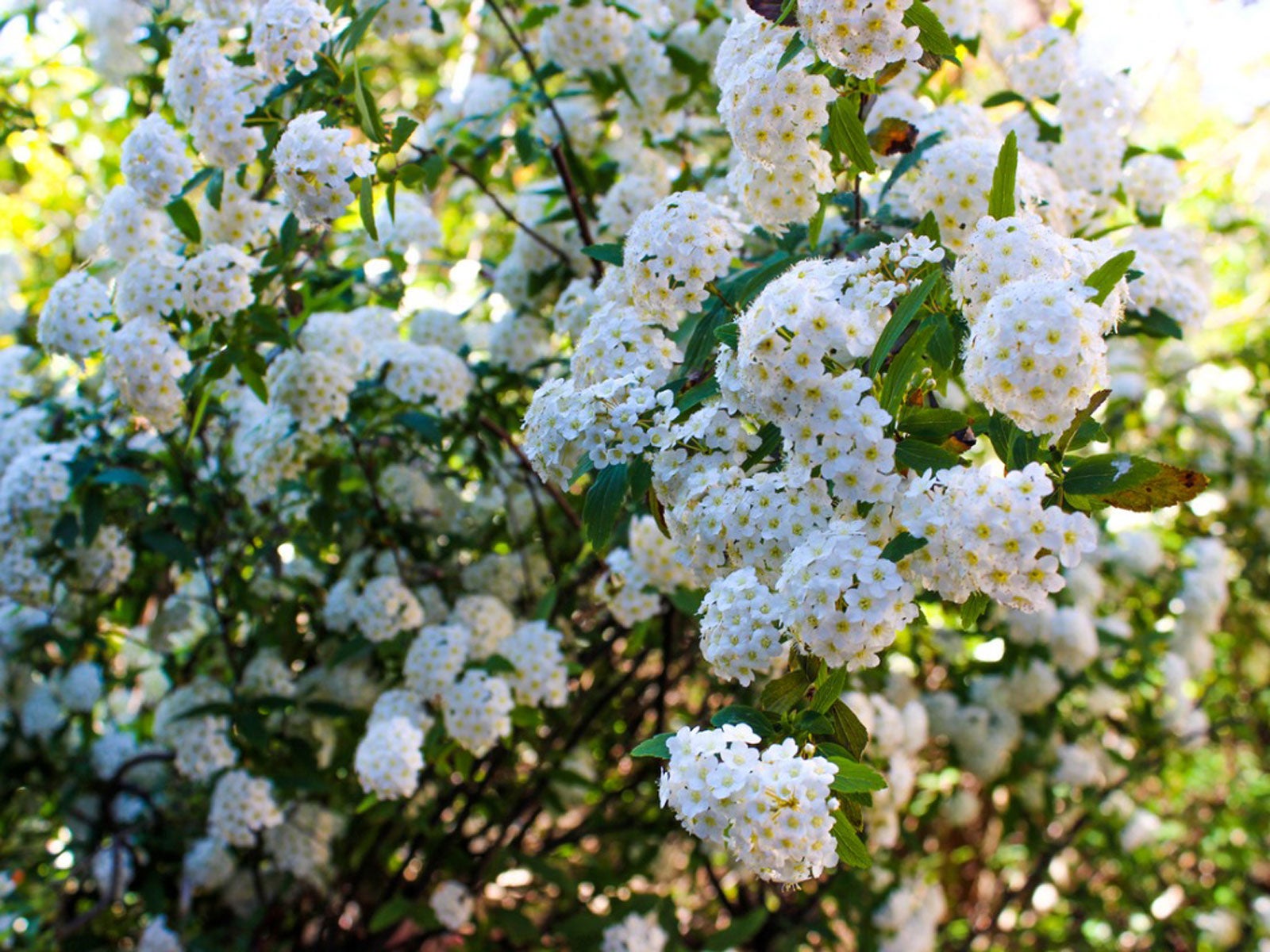 Growing Spirea Shrubs: Information On How To Care For Spirea Bushes
Growing Spirea Shrubs: Information On How To Care For Spirea BushesSpirea bushes are a joy. They're beautiful, they grow quickly and are easy to care for. What's not to love?
By Susan Patterson